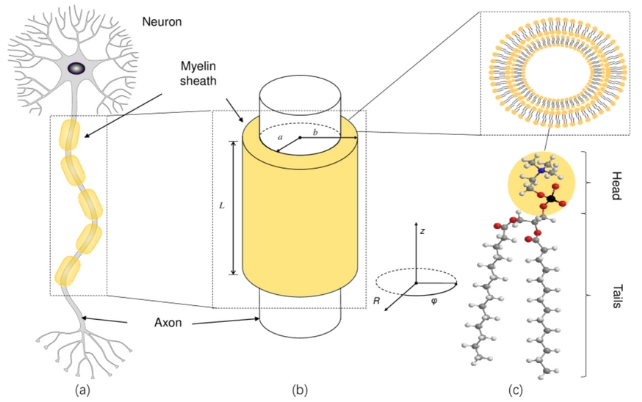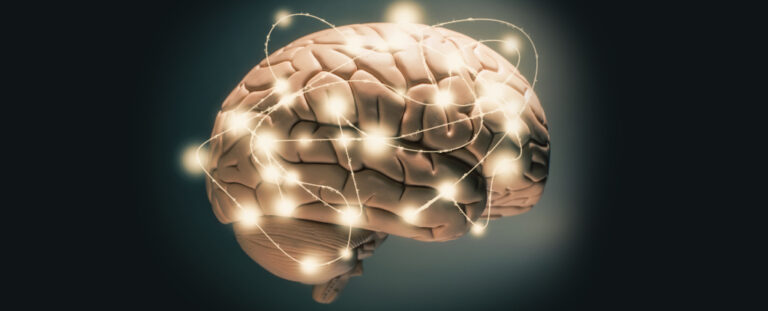Quantum Entanglement in Neurons: A Possible Explanation for Consciousness
Locked away within your skull, a vast and pointless ballet is being conducted and an electromagnetic orchestra in your head is thought to be responsible for your very conciseness. The question of how the activity among circuits in the brain comes into sync remains, and there are some who speculate quantum entanglement can do that.
This is quite a daring proposition because typically quantum phenomenon is negligible whenever the dimension is even larger than atomic and molecular levels. Nevertheless, the modern discoveries leave theorists reflecting on the fact that quantum chemistry could be involved in out minds.
Chinese scientists in a new paper named as Zefei Liu and Yong-Cong Chen from Shanghai University, and colleague from Sichuan University Ping Ao, has expounded how such entangled photons radiating from carbon-hydrogen bonds in myelin sheath of nerve cells could have the ability to synchronize the activity of the brain.
Their research is another probe in another recent find of a physical quantum phenomenon called superradiance within cellular structures that have recently brought focus on the hypothetical Penrose and Hameroff’s orchestrated objective reduction theory of consciousness.
Advanced by physicist Roger Penrose and anesthesiologist Stuart Hameroff this theory posits that microtubules networks in neurons act as a quantum computer that plays a part of our thinking process.
It is rather comprehensible why researchers try to apply quantum physics as the key to the nature of consciousness. Both are somehow ‘abnormal’ in that both can be perfectly normal and completely unpredictable at the same time.
Of equal controversy is also the question of what constitutes the measurement that takes the quantum world from uncertainty into the definite realm of the classical. Is there a relation between a physical phenomenon that has happened in the mind and the bringing down of a probability wave?
But two ‘paranormal’ occurrences don’t make the science accurate merely because they are placed together. Brains might not be classical computers, but referring to quantum magic should not propound an adequate theory.
There has been significant disdain in the scientific community about quantum theories of consciousness mainly because the ‘ ‘noisy,’ ‘ ‘large’ nature of biology with its chaotic nature is considered to be incompatible with quantum mechanics playing a major role.
This skepticism would require revisit if experiments can validate the predictions of Liu, Chen, and Ao. The team has postulated that, in analogy to guided light including within an optical fibre, the myelin sheath around a nerve cell axons might act as a cylindrical cavity to enhance infrared photons generated within a cell and sporadically, causing the breaking of carbon-hydrogen bond to emit pairs of highly coherent photons.

These entangled photons interacting with the biochemical ionic currents in the brain could participate in the connections of the processes that are crucial to the brain’s synchronization.
However, it is underscored here by the word ‘might’, which weakens the claim being made by the author. While there are many empirical findings regarding the aspects of this hypothesis, information concerning photons being entangled and influencing significant biological processes is scarce and primarily includes photosynthesis.
However, one cannot deny the existence of any precedent of quantum biology in animals. New findings indicate that magnetic field sensitivity linked to the emergence of electron spins in proteins named cryptochromes is involved in long-distance orientation in some species of animals.
Science has not given enough evidence to prove that more than classical chemistry is involved in our brains, let alone a quantum composer of our brain’s orchestra.
However, it might be necessary to return to the idea of excluding a quantum effect on the brain, at least on some of the most elementary activities.
This research has been published in Physical Review E.
Do not forget to share your opinion with us to provide you with the best posts !




0 Comments